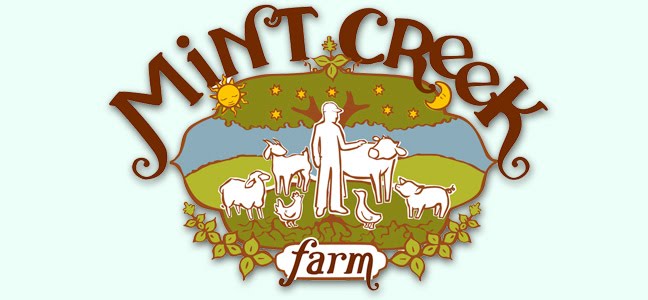charcuterie
lamb summer sausage
lamb brain terrine
lamb liver paté
antipasti
lamb neck pastilla
lamb loin carpaccio
pickled lamb’s tongue
with potatoes and spring onions
salad
wood-grilled lamb heart
with watercress and pickled ramp vinaigrette
entrée
mixed roast:
lamb shoulder baked in hay with herbs de la garrigue
spit-roasted leg
market sides
dessert
sheep’s milk ricotta with strawberries
I have long been an advocate of organ meats as being the most nutritious part of the animal, but this meal shouted to us diners that they are the most flavorful part as well. Bon Appetito!Afterwards, we headed over to the Renaissance Place Cinema on Clark Avenue to watch Food, Inc.
As an organic grass farmer, residing in the corn and soybean patch of east central Illinois, many of the details of this movie were already well known to me. Especially, how most of our supermarkets are made up of a variety of repackaged corn and soy products including; the boxes we find our food in, the colorful ink advertising to us on those boxes, and the very drywall used to construct the grocery store itself. The pernicious company, Monsanto, and their strong armed techniques to convert the world to Genetically Modified Organisms (GMO's) was well represented in this film. Food, Inc. also focused much of its energy on the controversial system of using Confinement Animal Feeding Operations (CAFO's) and the increasing risk of pathogenic e coli bacteria entering our food system. Much of the risk of e coli would be eliminated if we turned away from using these CAFO's and feeding corn to ruminants, which is something that their bodies are not designed to digest. Finally, the movie showed how Wal-Mart, Inc. cooperated after two years of hand wringing to show the power of the consumer and how Wal-Mart's decisions are shaped by their consumers' wants.
In telling the industrial food system story, this movie is a piece of the larger agricultural crisis puzzle joined by the books Fast Food Nation and The Omnivore’s Dilemma. Hopefully, the public will respond louder to moving pictures than to the written word.
To watch the trailer of Food, Inc. please click here: http://www.youtube.com/watch?v=5eKYyD14d_0
-Harry Carr







